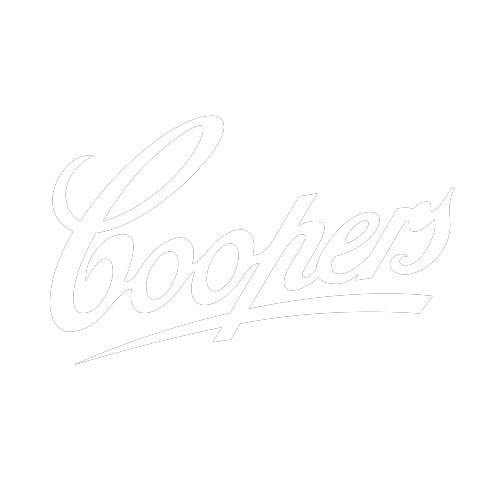Zac Langdon-Pole
Chimera
James Street Food and Wine Trail 2024
In the late-nineteenth century, US palaeontologists rushed to discover new dinosaur species. In 1877, Othniel Charles Marsh discovered a massive, almost complete skeleton of a species that he went on to name the Brontosaurus, meaning ‘noble thunder lizard’. It was assembled at the American Museum of Natural History, becoming famous as the first full dinosaur skeleton to be placed on public display. But it wasn’t a full specimen, but a hybrid of two long-necked dinosaurs: its body was from an Apatosaurus, its head from a Camarasaurus. Nevertheless, today, ‘the Brontosaurus’ remains a fixture in the popular imagination.
Intrigued by this story of miscategorisation and the disordering of scientific knowledge, artist Zac Langdon-Pole mounts a bronze-cast Camarasaurus skull on a spider crane to create a new hybrid monument. His title Chimera comes from Greek mythology, where it was an imaginary monster composed of incongruous animal parts.
Langdon-Pole says: ‘The Brontosaurus was one of the first avatars of the modern age. Like ourselves, it has one foot in fact and one in fiction. Chimera is an ode to two related yet divergent stories: the deep time of the Earth and the “progress” of human civilisation, where cranes fuelled by fossils dominate our skylines.’
For one day only, experience Chimera at the James St Food and Wine Trail 2024 on Sunday 28 July, 10am–5pm. Presented by Art on James and the Institute of Modern Art, with help from Hutchinson Builders.
Zac Langdon-Pole lives in Tāmaki Makaurau/Auckland. His enigmatic works trace myriad historical forces that have deposited us into the present. In 2017, he won the Ars Viva Prize, and, in 2018, the BMW Art Journey. In 2020, City Gallery Wellington presented his solo show, Containing Multitudes. In 2022, he was a McCahon House Artist in Residence at Parehuia, Titirangi. Later this year, his work will feature in the Asia Pacific Triennial at Queensland Art Gallery | Gallery of Modern Art. He is represented by Station Gallery in Warrane/Sydney and Naarm/Melbourne, and by Michael Lett in Tāmaki Makaurau/Auckland.






